15 Electric Vehicles To Think Twice About Before Buying In 2025
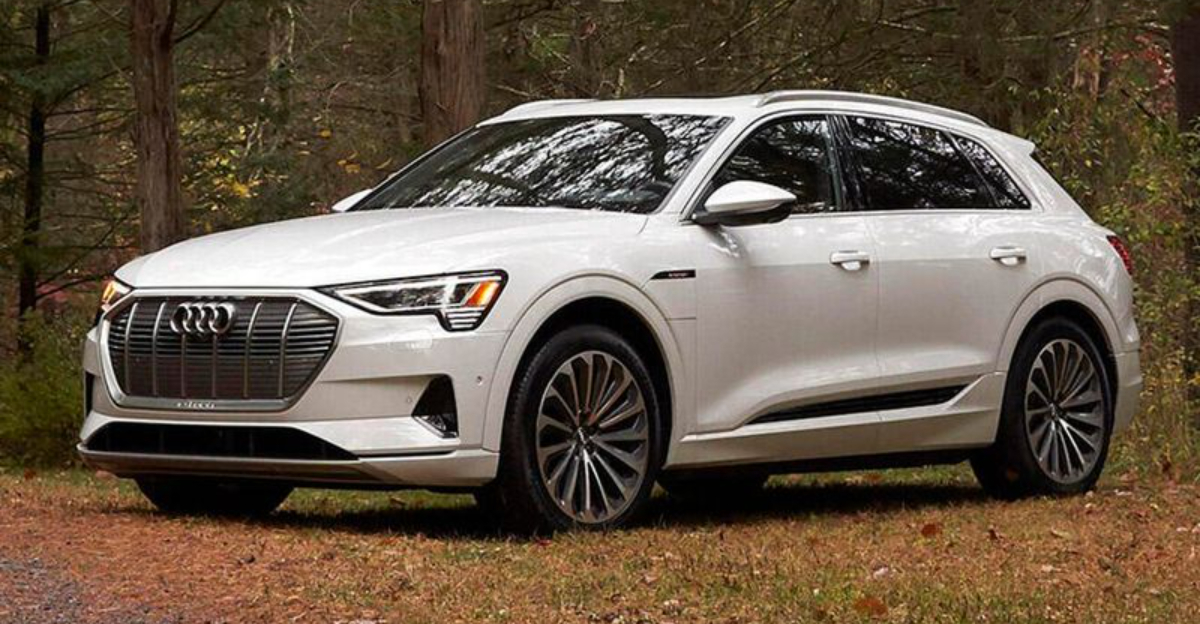
Electric vehicles keep getting sleeker, faster, and smarter, but not every shiny new EV is a slam dunk.
I once took a test drive in a flashy new model that promised 300 miles of range, until the battery gauge started dropping faster than my phone on 5%.
By the time I got back to the dealership, the sales guy was blaming the “strong headwinds.”
Some EVs look great on paper but reveal their true colors once you hit the road, making them worth a second thought before handing over a down payment.
1. Nissan Leaf
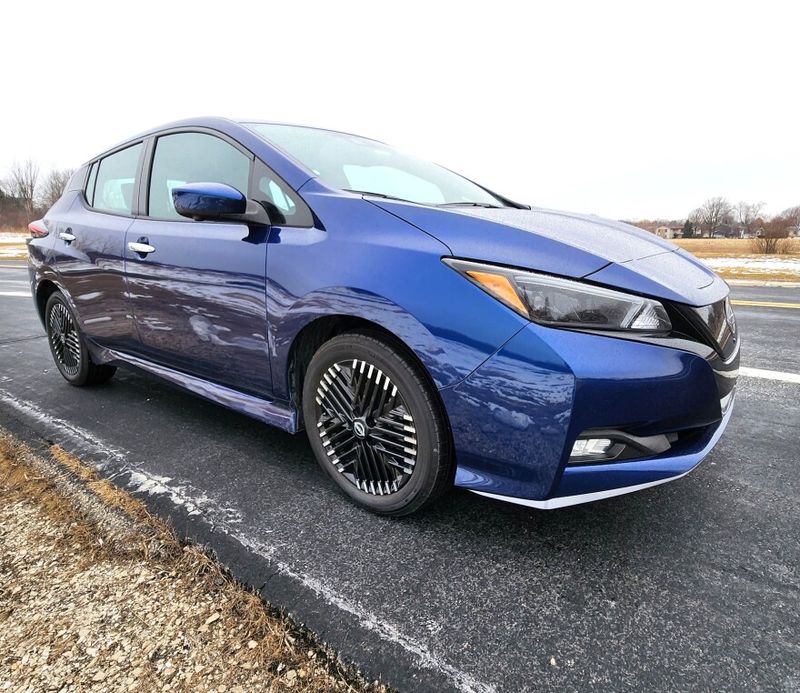
Remember that flip phone you kept way too long? The Nissan Leaf feels similarly outdated in 2025’s competitive EV landscape.
While once revolutionary, its modest range (just 149-226 miles depending on battery) now looks positively prehistoric compared to newer rivals.
Battery degradation issues continue to haunt older models, with many owners reporting significant capacity loss after just a few years.
Resale values have taken a nosedive too, making this leafy pioneer a questionable investment despite its lower entry price.
2. Chevrolet Bolt EV
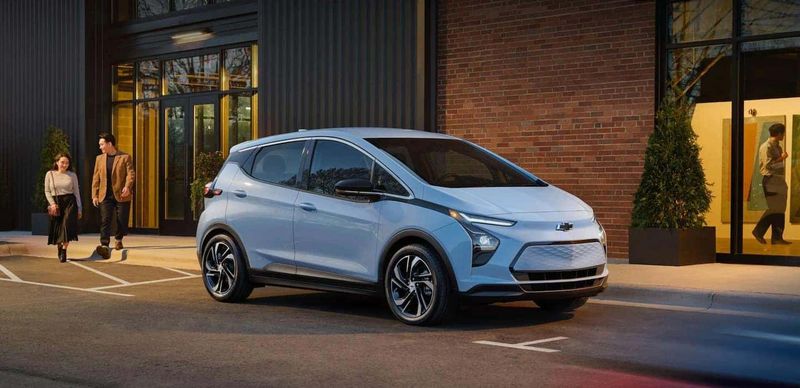
After a fiery past (literally), the Chevy Bolt is trying to shake off its reputation for spontaneous combustion.
GM’s massive battery recall might be behind us, but the psychological damage lingers in the used market where prices have plummeted faster than a stone off a cliff.
Interior materials feel cheaper than a fast-food toy, with hard plastics dominating every surface you’re likely to touch.
The cramped back seat makes adult passengers question your friendship, while the dated infotainment system seems borrowed from the Obama era.
3. BMW i3: Quirky Design, Questionable Practicality

Driving BMW’s carbon-fiber oddball feels like piloting a fishbowl on wheels. The i3’s distinctive look turns heads—sometimes in confusion rather than admiration.
Those rear-hinged doors seem cool until you’re trapped between cars in a tight parking spot, desperately trying to squeeze out.
Range anxiety becomes your constant companion with just 153 miles per charge on newer models.
Older used i3s might leave you stranded after barely 80 miles. The skinny tires, designed for efficiency, create a driving experience that feels twitchy at highway speeds.
4. Ford Mustang Mach-E (Standard Range)
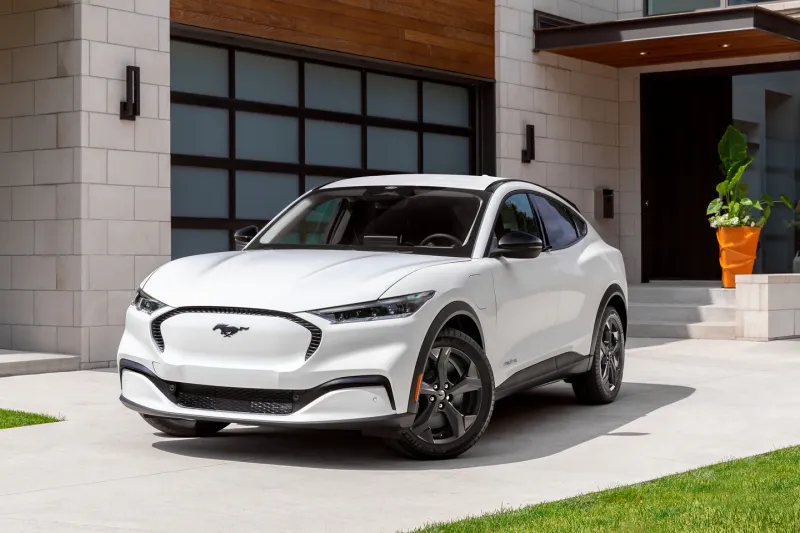
Ford slapped the legendary Mustang name on this electric crossover and created an identity crisis on wheels.
The Standard Range version’s lackluster 247-mile range makes road trips feel like a strategic military operation, plotting charging stops with the precision of a chess grandmaster.
Winter driving slashes that already modest range by up to 30%, turning your commute into a white-knuckle game of electrical roulette.
Software glitches continue plaguing owners, with some reporting mysterious battery drains overnight.
5. Audi e-Tron
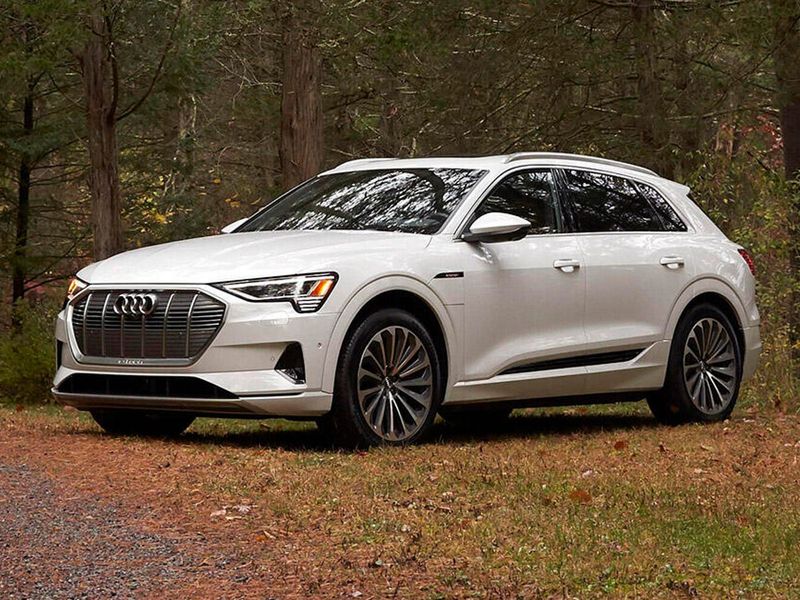
Luxury doesn’t always translate to practicality, as proven by Audi’s electron-guzzling e-Tron.
Despite its premium price tag that could fund a semester at Harvard, this electric SUV delivers a disappointing 222 miles of range—less than competitors costing half as much.
Efficiency numbers tell the painful story: the e-Tron consumes electricity like it’s going out of style, managing just 77 MPGe compared to Tesla’s 120+ ratings.
Fast charging partially compensates for range limitations, but you’ll still spend more time at charging stations than owners of more efficient EVs.
6. Hyundai Kona Electric
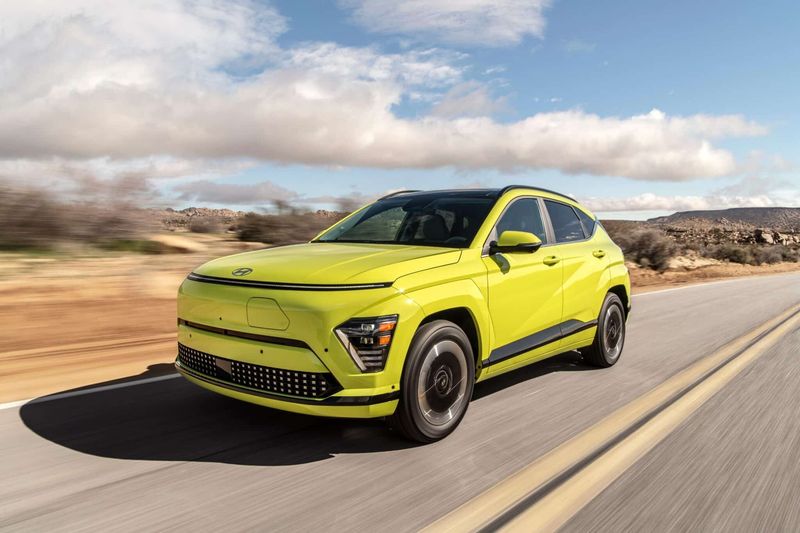
Squeezing into the Kona Electric feels like trying to fit into your high school jeans after a decade of office snacking.
This subcompact’s cramped rear seats and tiny cargo area (just 19.2 cubic feet) make it impractical for families or anyone who occasionally transports more than a grocery bag.
Charging speeds lag behind newer competitors, with the 10-80% charge taking nearly 50 minutes even at optimal fast-charging stations.
Build quality issues have surfaced in earlier models, with dashboard rattles and electrical gremlins becoming unwelcome passengers on many journeys.
7. Jaguar I-PACE
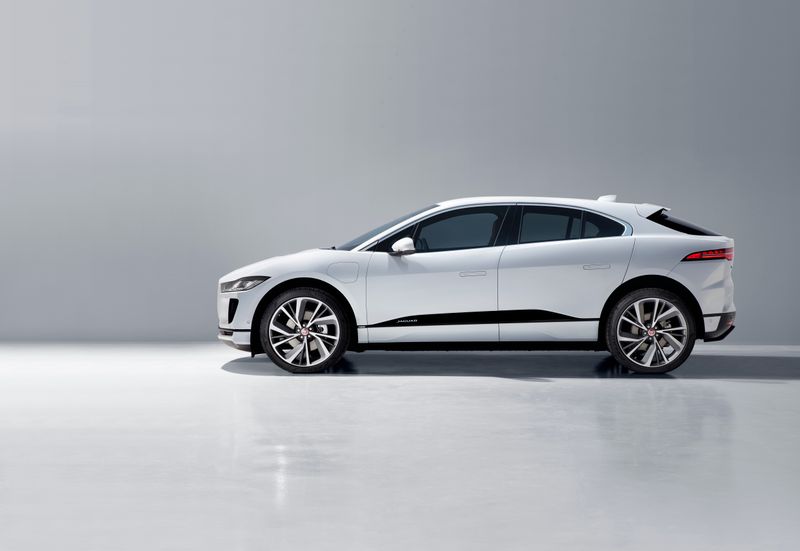
Gorgeous styling masks the I-PACE’s troubling relationship with reliability. Jaguar’s first electric effort delivers stunning acceleration and handling that makes corners beg for more, but electrical gremlins have owners on first-name basis with service departments.
Software glitches plague the infotainment system, sometimes rendering the dual-screen setup as responsive as a sleeping cat.
The official 234-mile range proves optimistic in real-world conditions, with drivers reporting 20-30% less in everyday use.
8. Volkswagen ID.4
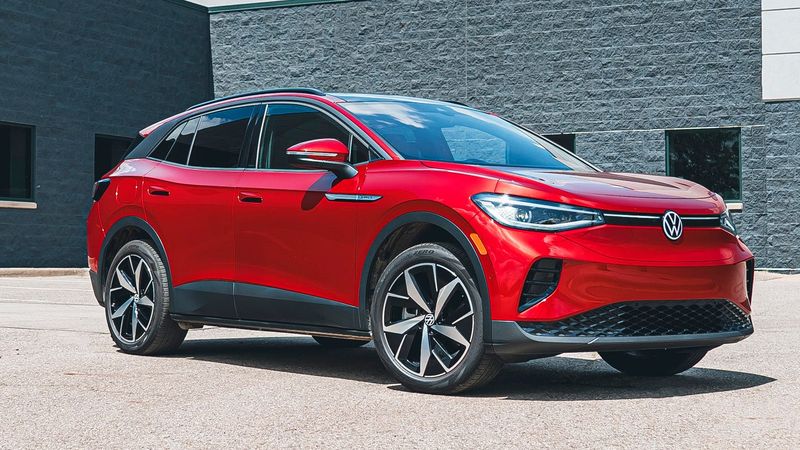
Volkswagen’s software woes make Windows Vista look stable by comparison. ID.4 owners regularly face frozen screens, phantom battery drain, and infotainment systems that reboot more frequently than your grandfather’s Windows PC.
The minimalist interior initially seems clever until you’re fumbling for basic controls buried in touchscreen menus. Want to adjust your mirrors?
That’ll be three menu taps, please! Haptic buttons require the precision of a surgeon, especially challenging on bumpy roads.
9. Toyota bZ4X

Toyota’s reluctant entry into the EV world feels like it was designed by committee—a committee that couldn’t agree on anything.
The bizarre name (try saying “bZ4X” three times fast) matches its confused execution, with mediocre range and charging capabilities that suggest Toyota’s heart isn’t fully committed to the electric revolution.
Early production models faced embarrassing recalls when wheels—yes, actual wheels—threatened to fall off.
The regenerative braking system lacks the one-pedal driving capability that EV enthusiasts have come to expect, feeling half-baked compared to more committed electric competitors.
10. VinFast VF 8
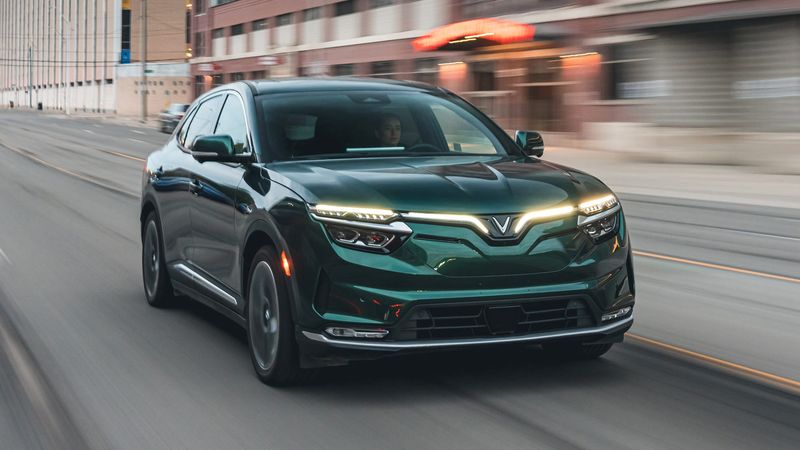
Vietnam’s automotive newcomer VinFast burst onto the scene with ambitious promises but delivered an EV that feels half-baked.
Early adopters report quality control issues that would make even the most patient owner twitch, from misaligned body panels to finicky electronics that seem inspired by early 2000s tech.
The mandatory battery subscription model initially offered created more questions than answers, though thankfully conventional purchase options now exist.
Service centers are scarcer than four-leaf clovers, meaning any repairs could turn into extended vacations for your VF 8 while parts ship from halfway around the world.
11. Tesla Model X

Those dramatic falcon-wing doors make for great Instagram moments but terrible long-term ownership experiences.
Sensors fail, motors burn out, and alignment issues develop faster than you can say “I should have bought the Model Y instead.”
Build quality remains Tesla’s persistent weakness, with owners reporting everything from misaligned panels to mysterious rattles that appear out of nowhere like uninvited houseguests.
The minimalist interior looks clean in photos but proves impractical in daily use, with basic functions buried in touchscreen menus.
12. Mercedes-Benz EQE SUV

German engineering comes with a side of range anxiety in Mercedes’ electric SUV.
Despite a price tag that could buy a small apartment in some cities, the EQE SUV delivers just 279 miles of range—less than many mainstream competitors costing half as much.
The hyperscreen dashboard dazzles in showrooms but becomes a fingerprint-collecting distraction on actual roads.
Its complex user interface demands a learning curve steeper than a black diamond ski slope, often leaving drivers fumbling through menus just to adjust basic settings.
13. Porsche Taycan
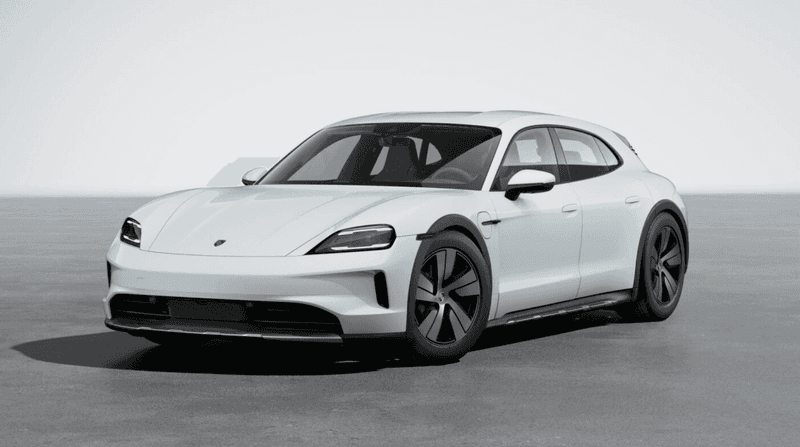
Owning a Taycan is like dating a supermodel with expensive tastes—thrilling but potentially ruinous.
This electric sports car delivers face-melting acceleration and handling that makes physics question its own rules, but prepare your bank account for punishment when anything goes wrong.
Simple maintenance items cost multiples of what you’d pay for mainstream EVs.
A minor fender bender might require specialized repairs that keep your prized Porsche hospitalized for weeks due to parts availability and specialized technician requirements.
14. Jeep Grand Cherokee 4xe
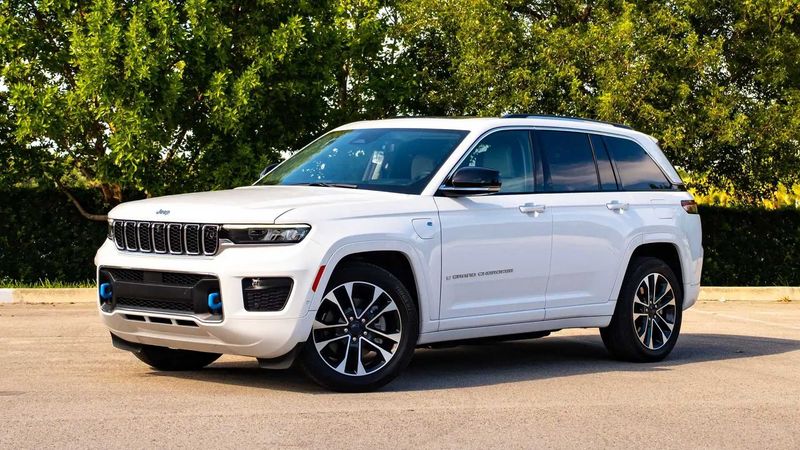
Calling the Grand Cherokee 4xe an electric vehicle is like calling a kiddie pool an ocean—technically wet, but missing the depth.
This plug-in hybrid offers a laughable 25 miles of electric range before the gas engine kicks in, making it more of an occasional EV than a true electric solution.
Fuel economy plummets once the battery depletes, actually performing worse than some conventional gas models when driving long distances.
The added weight of batteries and electric components compromises the off-road capability Jeep buyers expect.
15. Kia Niro EV

Kia’s electric crossover suffers from middle-child syndrome—neither particularly bad nor especially good at anything.
The 253-mile range seems adequate on paper but shrinks dramatically during highway driving or cold weather, leaving you searching for chargers more often than you’d expect.
The regenerative braking system feels jerky compared to smoother implementations from competitors, making stop-and-go traffic more annoying than it already is.
Fast charging tops out at a modest 85kW—adequate for 2020 but increasingly outdated in 2025’s rapid-charging landscape where 150-350kW has become the expected standard.
